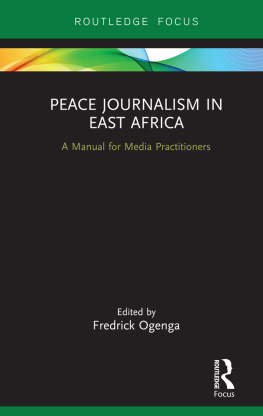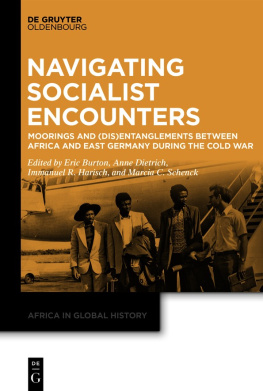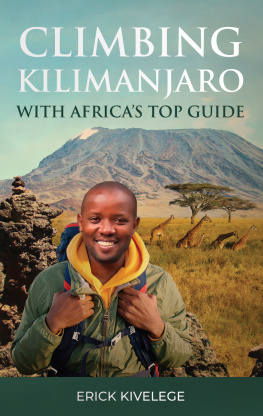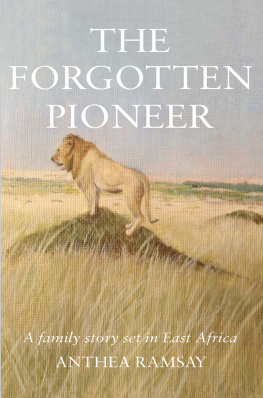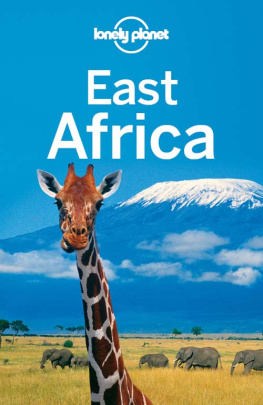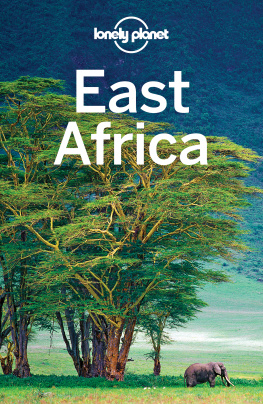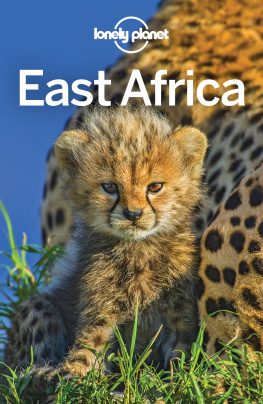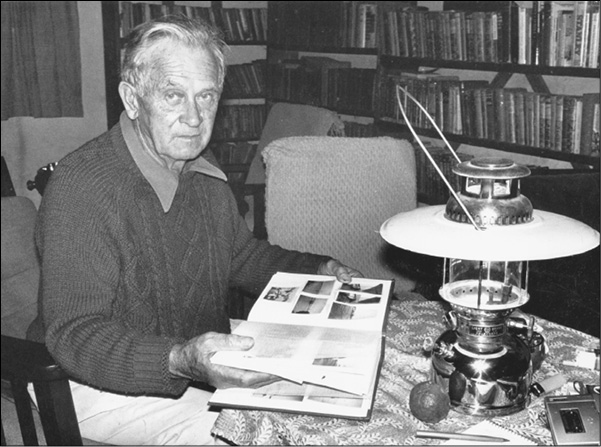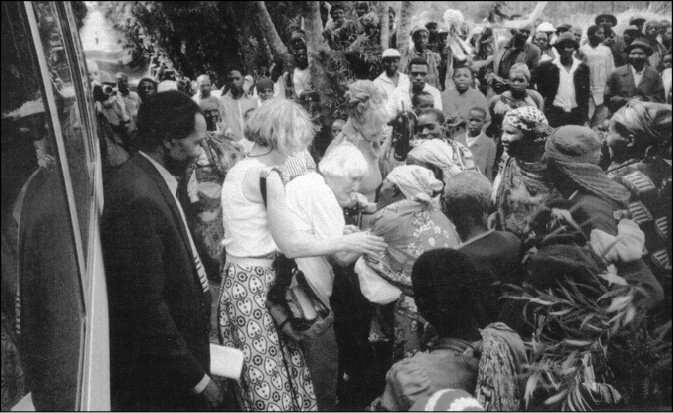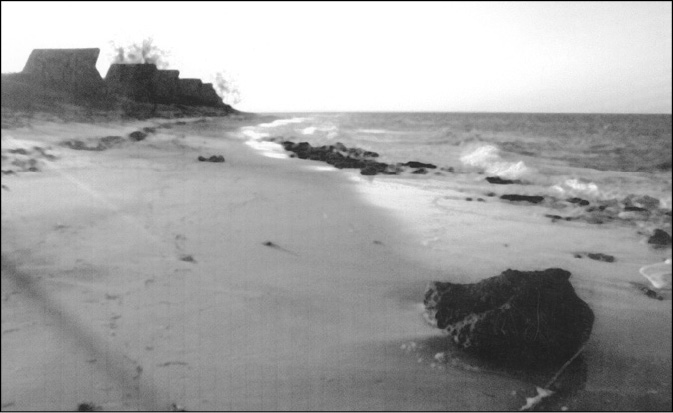
Helga Voigt lighting lanterns in Kifulilo (Kifulilo was the name of the Voigts plantation)
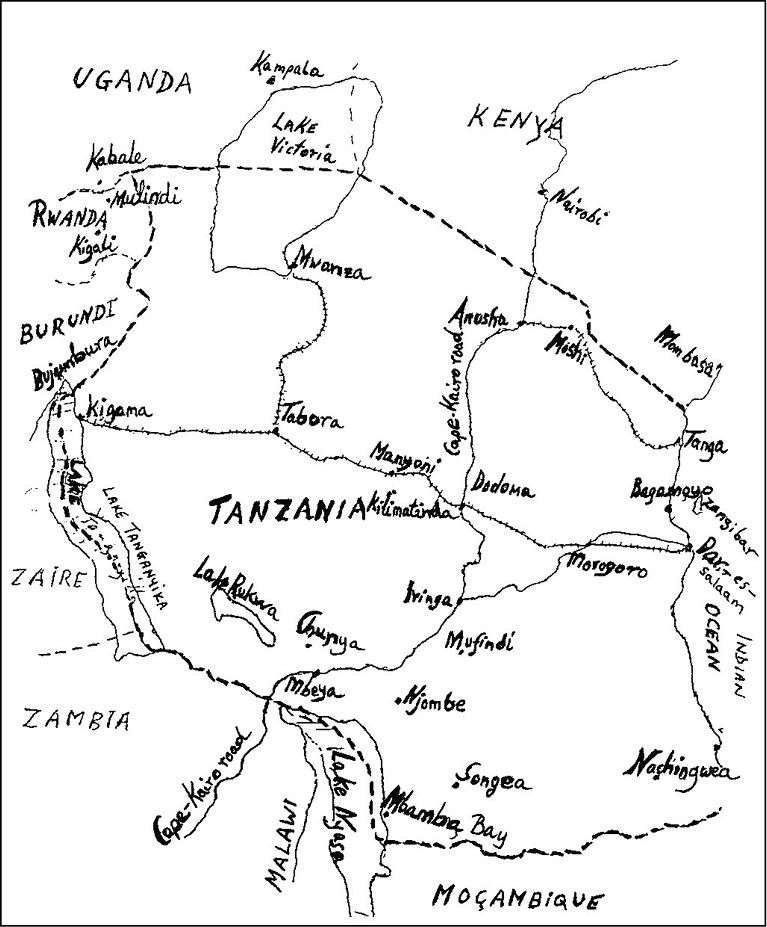
Map of Tanzania as drawn by Werner Voigt
This story is written as I remember the different episodes; a bit embroidered, perhaps. I make no claims to the historical accuracy of my account. In many cases, the names have been changed.
This book is dedicated to my brave wife, Helga,
and to our children and grandchildren.
Prologue
In 1996 Werner and Helga Voigt went back to their beloved Tanzania for an incredible visit. Werner was ninety years of age, Helga eighty.
Thanks in large part to their good friends the Fox family of Foxtreks Safaris, they travelled to Ras Roale, their island paradise; to Kifulilo, their tea plantation; and to the Ruaha game park, a favourite weekend retreat. They visited with old friends, experienced once again the joys of everything African, and simply drank it all in. Werner, in particular, relished every single momenteach flat tire was an opportunity to reminisce about challenges of old; each rough road was an autobahn compared to the mud-soaked pathways of his day; and each accommodation was an extravagance. The tougher the journey, the happier he washis eyes sparkled. This, he would say, time and again, this is Africa!
Werner and Helga were welcomed back to Kifulilo with a ngoma (traditional party and dance), where they had an opportunity to meet former friends, neighbours and staff. This was a very emotional reunion, during which it was announced that the laboratory that forms part of the Tea Research Station now located on their farm would be named after Werner. There were speeches and stories, dancing, and of course abundant food and drink.
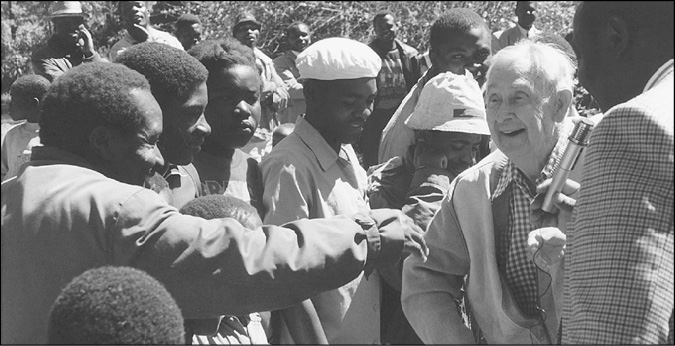
Werner at the ngoma on Kifulilo meeting Charles, a special friend and employee, as well as other friends
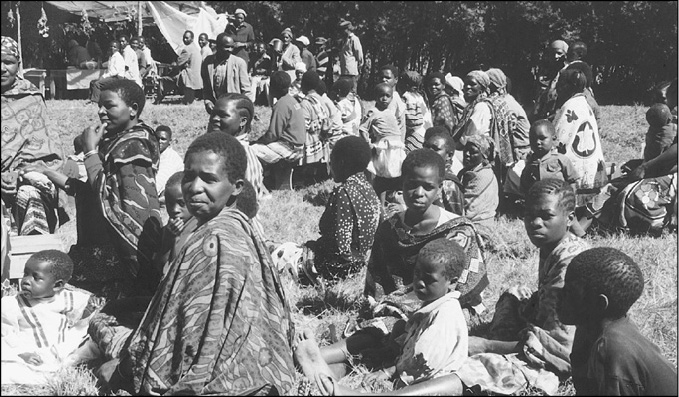
Other guests at the ngoma
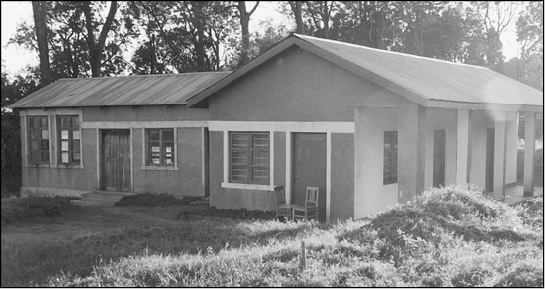
The Werner Voigt Tea Research Laboratory
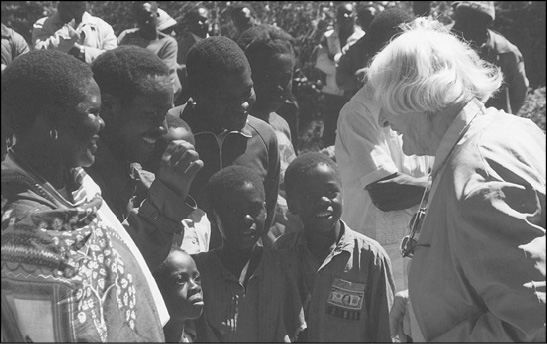
Helga at the ngoma , conversing in Swahili with some of the guests

Fireplace in the Voigt home. The concrete mural was carved by Werners father.
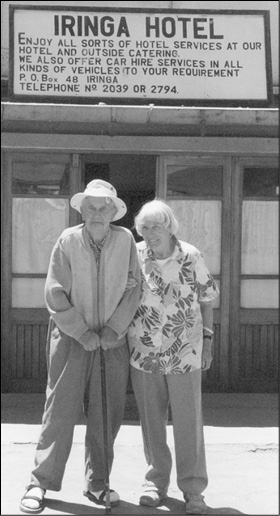
Werner and Helga on the steps of the Iringa Hotel (formerly known as the White Horse Inn), sixty-two years after they first set eyes on each other on these same steps
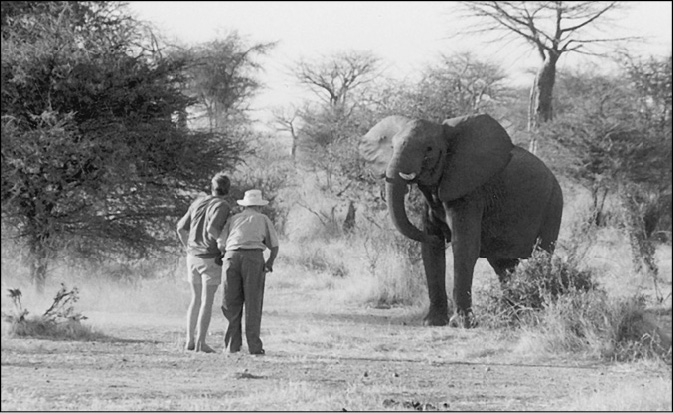
On the way to the Ruaha Game Park, Werner and Helga stopped at the Iringa Hotel to remember the day they first met sixty-two years earlier... to remember the moment when eighteen-year-old Helga first set eyes on the man she had fallen in love with and promised to marry through correspondence between Germany and Tanganyika. Helga arrived in August 1934, and on Friday the13th of March 1935 she and Werner were married.

Werner, Chris and the elephant
While in the Ruaha Game Park Werner was invited by his adopted grandson, Chris Fox, who currently owns and manages the Mwagusi River Camp in the park, to approach some wild elephants. Werner, never one to shy away from a challenge, agreed. The picture captures one of the mock charges that resulted from this adventure, which, without a doubt, became one of the highlights of Werners triumphal return to Tanzania.
Werner died peacefully in Ottawa on February 8th, 1997. The treasured picture of Chris and the elephant was with him in the hospital. He died, as he had lived, with exceptional courage, absolute joy in adventure, and full acceptance. Death, to him, was just another adventure, as evidenced by the fact that for months he had been pointing at funeral homes and saying: Look. Theres my next travel agency!
Helga, at eighty-eight years of age, recently led a delegation consisting of her two daughters, Evelyn and Veronika, plus eleven close friends in another very emotional visit home to Kifulilo, Lazy Lagoon and other special sites in Tanzania.
Gord Breedyk
January 2004
Helga, Veronika and Evelyn Voigt at emotional Mufundi reunion in December 2003 (photo by Sharon Casey, Ottawa)
Beach and guest houses (to the left) of the Lazy Lagoon lodge owned and operated by Foxtreks at Ras Roale, the Voigt island, December 2003 (Photo by Wolfram Hogrefe, Germany)
PART ONE
My Dream Begins in Childhood
Childhood Memories
My father liked to smoke cigars and I loved collecting the empty boxes. On these boxes there were always wonderful coloured pictures, showing coconut palms, tobacco and black people, and at times Indians with feathers on their heads. For a little boy of five years, they were fascinating. I wanted to go to the places where these people lived.


